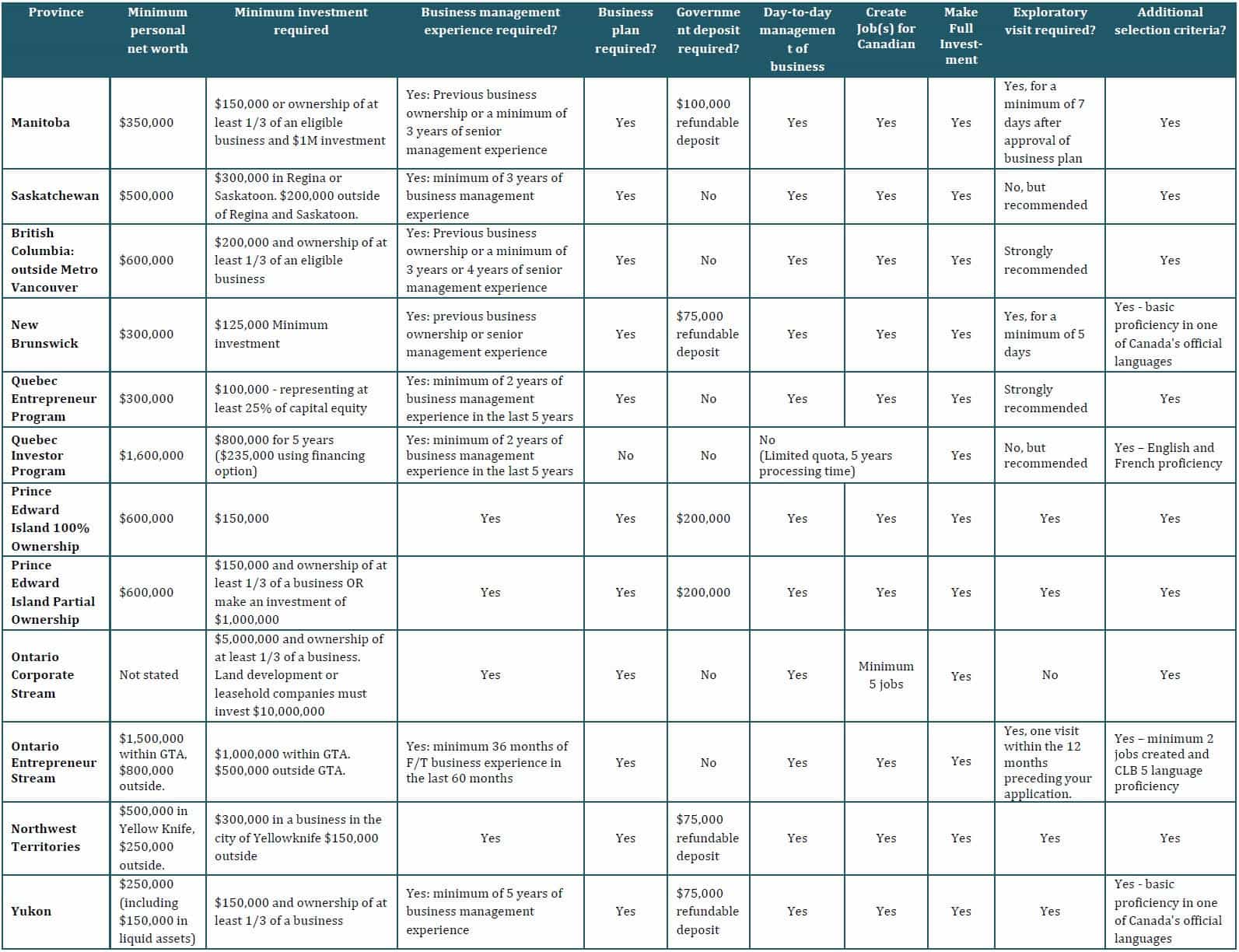Levels Plan: Federal government gives large increase to Provincial Nominee Program, scales back on TFWP and study permits
The Canadian federal government has boosted permanent residency spots under the Provincial Nominee Program (PNP), while scaling back on the Temporary Foreign Worker Program.
In 2026, Canada plans to admit 91,500 permanent residents through the PNP, an increase of 66% from the previous target of 55,000.
The 2026 admissions target for workers under the Temporary Foreign Worker program has been set at 60,000, down from the previous plan’s target of 82,000.
Assess your eligibility for all Express Entry-aligned PNP streams
On the other hand, planned admissions in 2026 for work permits through the International Mobility Program (IMP) have been set to 170,000, up 32% from the target of 128,700 in last year’s Plan.
These changes were announced in the 2026-2028 Immigration Levels Plan, which sets out permanent residence and temporary residence admissions targets for the upcoming year, along with notional targets for the following two years.
This is a breaking News Article. CIC News will update this article as more details emerge.
The following tables set out permanent residence and temporary resident admission targets for this year’s Plan:
Permanent residence levels
2026 2027 2028
Economic 239,800 244,700 244,700
Family reunification 84,000 81,000 81,000
Refugee and humanitarian 56,200 54,300 54,300
Total 380,000 380,000 380,000
French-speaking admissions outside Quebec 9% (30,267) 9.5% (31,825) 10.5% (35,175)
Temporary resident levels
2026 2027 2028
Workers – IMP 170,000 170,000 170,000
Workers – TFWP 60,000 50,000 50,000
Total workers 230,000 220,000 220,000
Students 155,000 150,000 150,000
Total temporary residents 385,000 370,000 370,000
Changes from 2025 to 2026 Levels Plans
Permanent residence targets
2026 (current plan) 2025 2026 (previous plan)
Economic (excluding Quebec) 239,800 197,650 229,750
Family reunification 84,000 94,500 88,000
Refugee and humanitarian 56,200 68,350 62,250
Total 380,000 395,000 380,000
Temporary residence targets
2026 (current plan) 2025 2026 (previous plan)
Workers 230,000 367,750 210,700
Students 155,000 305,900 305,900
Total 385,000 673,650 516,600
2027 targets
2026-2028 Plan 2025 – 2027 Plan
Federal High Skilled 111,000 118,730
Provincial Nominee Program 92,500 55,000
Federal Economic Pilots 8,775 9,920
Atlantic Immigration Program 4,000 5,000
Federal Business 500 1,000
IMP 170,000 155,700
TFWP 50,000 82,000
Total workers 220,000 237,700
Students 150,000 305,900
Reduction of temporary resident population
This year’s Plan sets out major decreases in temporary residence admissions targets relative to last year’s Plan.
The government is ratcheting down even further in its efforts to reduce the number of temporary residents as a percentage of Canada’s population to 5% by the end of 2027.
Throughout 2025, we’ve seen the success of government policies, as population growth stalled, and admissions of temporary residents dropped by 50% or more relative to 2024.
Policy changes driving decrease in temporary residents
In 2024, the government introduced a number of policy changes intended to reduce temporary resident levels:
A cap on study permit applications.
Removing post-graduation work permit eligibility for graduates of postsecondary programs offered through curriculum licensing agreements.
Restricting eligibility for post-graduation work permits (PGWPs) by adding language proficiency requirements, and field of study requirements for non-exempt programs.
Restricting eligibility for spousal open work permits of international students to spouses of students in doctoral programs, master’s programs of 16 months or longer, and select professional programs such as engineering, nursing, and dentistry.
Restricting eligibility of spousal open work permits to spouses of temporary foreign workers in the highest-skilled occupations or in select in-demand mid-skilled occupations.
Implementing a moratorium on the processing of labour-market impact assessments (LMIAs) under the low-wage stream of the temporary foreign worker program in regions with 6% unemployment or higher.
Many of these policy changes will take years to have their full impact on temporary resident levels.
For example, the reduction in study permits will eventually lead to a reduction in Post-Graduation Work Permit (PGWP) holders, but may very well take years to have its full impact, since an international student might enroll in a four-year degree program, meaning that the 2025 reduction in study permits may only see its full effect on work permit issuances starting in 2029.
Other changes will see their impact more quickly: the moratorium on low-wage LMIAs prevents the renewal of all expiring work permits within the affected regions. TFWP work permits are often issued for one to two years.















